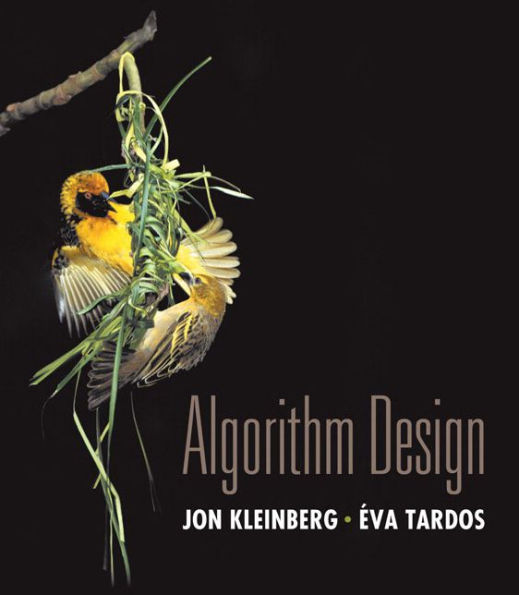Algorithm Design
Algorithm Design introduces algorithms by looking at the real-world problems that motivate them. The book teaches students a range of design and analysis techniques for problems that arise in computing applications. The text encourages an understanding of the algorithm design process and an appreciation of the role of algorithms in the broader field of computer science.
1100018432
August 6, 2009 Author, Jon Kleinberg, was recently cited in the New York Times for his statistical analysis research in the Internet age.
Algorithm Design
Algorithm Design introduces algorithms by looking at the real-world problems that motivate them. The book teaches students a range of design and analysis techniques for problems that arise in computing applications. The text encourages an understanding of the algorithm design process and an appreciation of the role of algorithms in the broader field of computer science.
August 6, 2009 Author, Jon Kleinberg, was recently cited in the New York Times for his statistical analysis research in the Internet age.
301.44
In Stock
5
1

Algorithm Design
864
Algorithm Design
864Paperback(New Edition)
$301.44
301.44
In Stock

Product Details
| ISBN-13: | 9780321295354 |
|---|---|
| Publisher: | Pearson Education |
| Publication date: | 03/16/2005 |
| Series: | Alternative eText Formats Series |
| Edition description: | New Edition |
| Pages: | 864 |
| Product dimensions: | 8.20(w) x 9.00(h) x 1.90(d) |
About the Author
From the B&N Reads Blog
